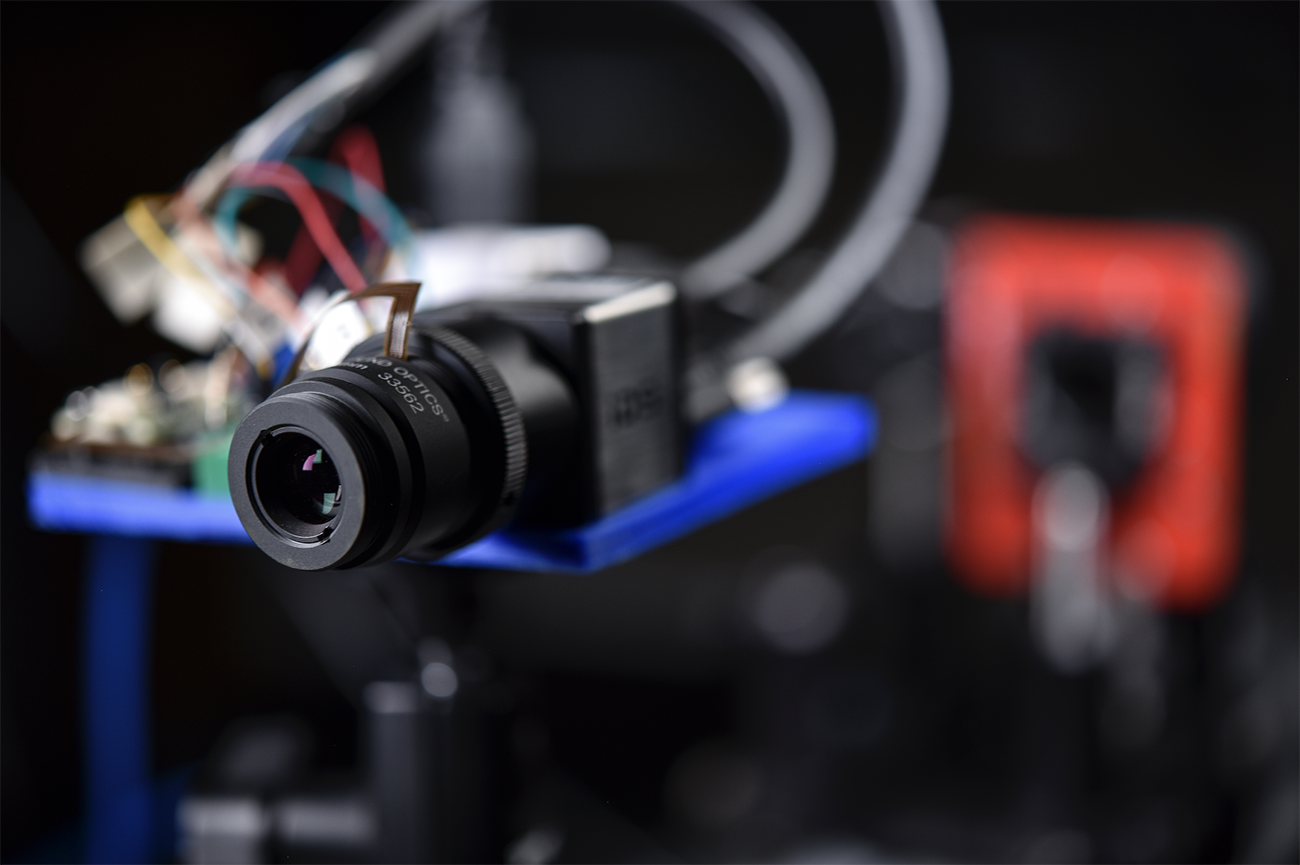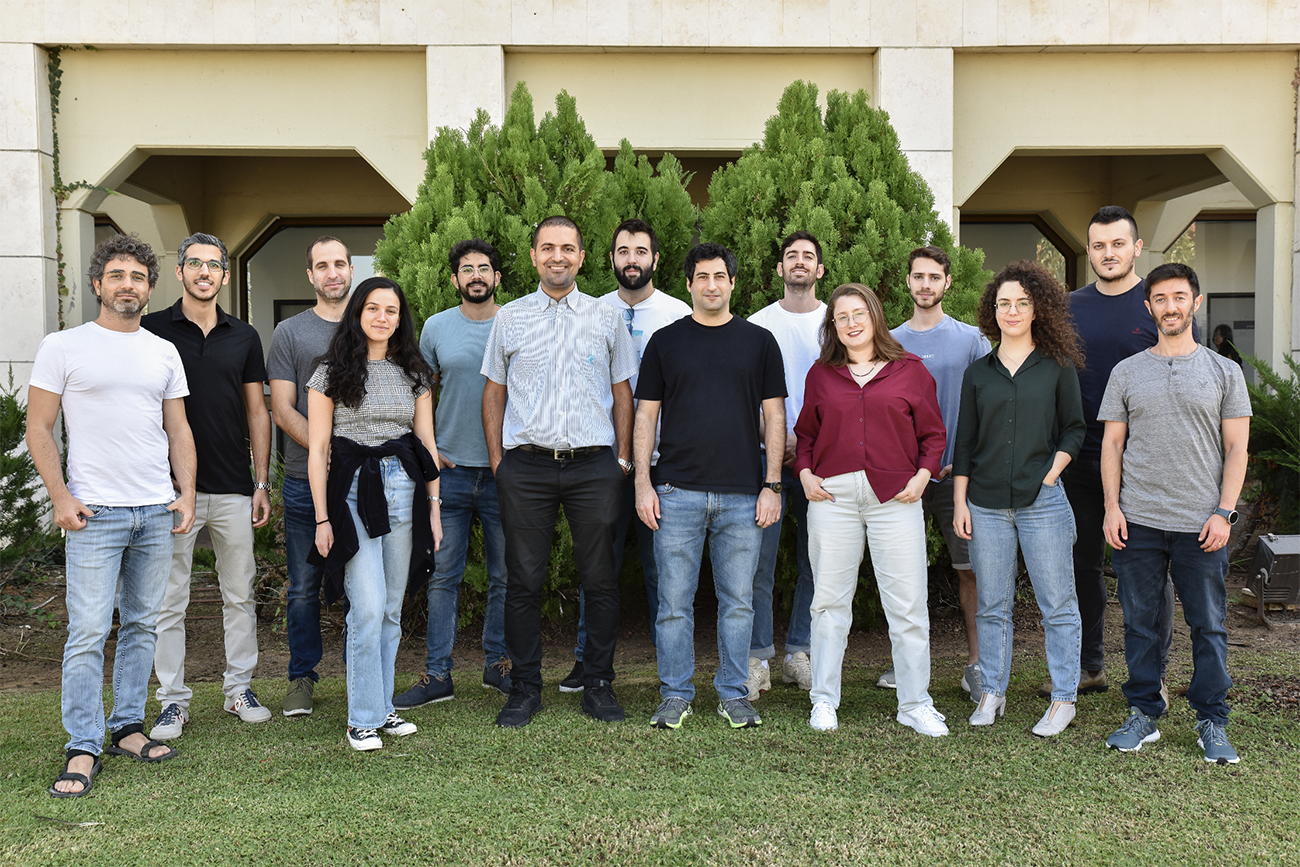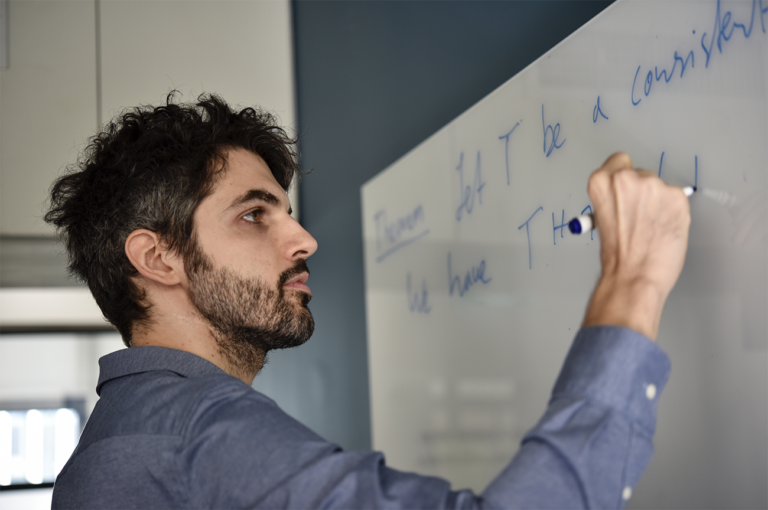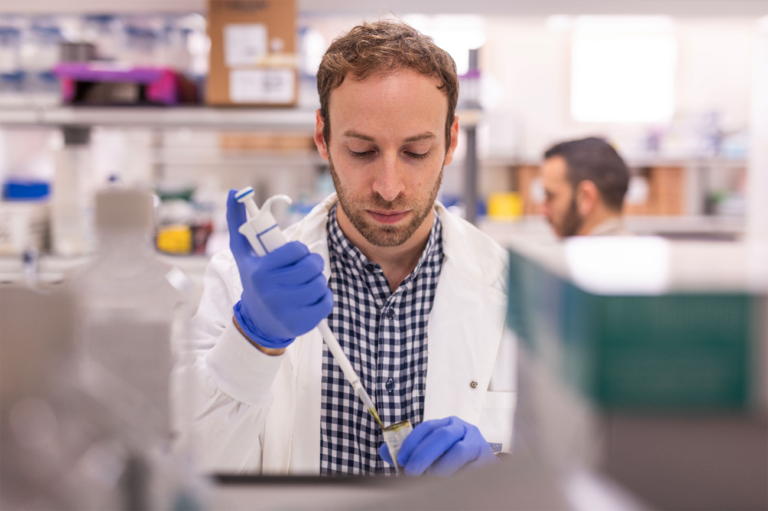Our world is blanketed by cameras, every square metre recorded and catalogued in pixel upon endless pixel of data. We’ve got cameras on doorbells, cameras on car-backup screens, security cameras on street corners, GoPros on bike helmets, not to mention cameras on satellites and swallowable pill-cameras that take medical images of our internal organs. Add in screenshots, video calls and smartphones — which record nearly two trillion photos worldwide per year by one estimate — and the volume of recorded images is overwhelming.
And yet, statistically speaking, almost every one of those pictures is garbage. The point of taking all those photos and videos is presumably to use them; however, our cameras, as good as they are, are far from perfect. Low light, bad focus, improper framing and blurring conspire to give us incomplete representations of the world we’re trying to accurately capture with our constant clicking and streaming.
This is where Raja Giryes comes into the picture. An electrical engineering professor at Tel Aviv University, Giryes runs the Deep Learning Lab, which combines complex computing and cutting-edge camera design to make sense of all this photographic data. To put it simply — although there isn’t much about this field that’s simple — “deep learning” is the process by which computers digest and learn from massive amounts of data. On first pass, for example, a computer can’t tell you whether it’s looking at a picture of an elephant or an orca. But give the computer enough accurately labelled images, and soon it will identify patterns and reliably recognize which animal is which just by looking at a few centimetres of a trunk or a bit of dorsal fin. That same principle can be used to create order and coherence out of the untold billions of photographs taken every day.
“One of the main problems in artificial intelligence is that you need lots of data to train neural networks,” says Giryes, who was an Azrieli Graduate Studies Fellow between 2010 and 2013 while working toward his PhD in computer science at Technion–Israel Institute of Technology. Neural networks are the computerized algorithms that mimic how the human brain processes information. “What we’re trying to overcome,” says Giryes, “is how to learn with less data, how to be efficient, how to adapt your data to apply to new domains and new problems.” In essence, Giryes and his team are helping computers get smarter quickly by reducing the amount of data necessary for training.
The human eye and brain are constantly assimilating data, unconsciously learning about the world. Nobody taught you that trees stand still, but by the time you were a toddler you had seen enough to know that you can lean against one and not fall over. For computers, acquiring even this kind of rudimentary knowledge — what is a tree, for instance, and is swaying in the wind the same as moving? — requires massive data. Providing that information for every category and situation means an enormous workload for the humans tasked with uploading and correctly tagging countless images.










